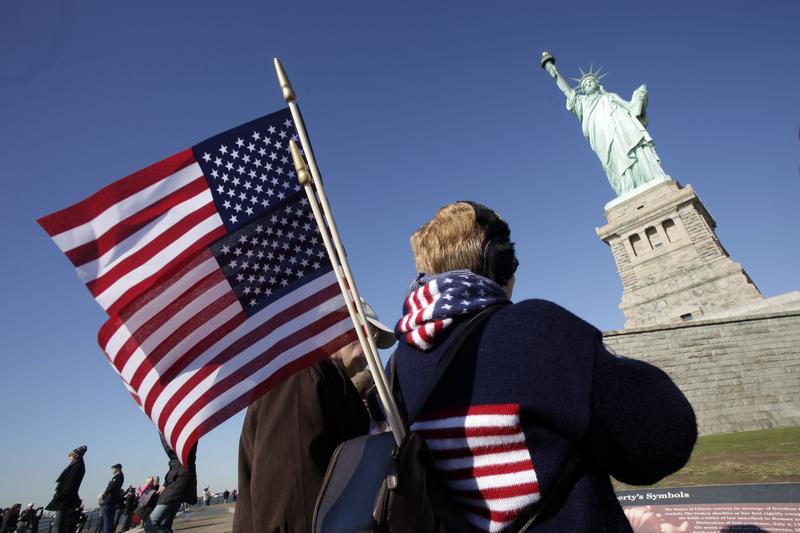
For immigrants seeking asylum, a new report finds the odds of success are increasingly tied to which judge hears their case — with the greatest variety among judges in Newark.
Records for six judges on the Newark immigration court were reviewed in new data published by the Transactional Records Access Clearinghouse (TRAC) at Syracuse University, based on freedom of information requests. In the last six years, one of them granted asylum in just over 1 percent of all cases, while another granted asylum 84 percent of the time. That's the biggest spread of any of the 48 immigration courts included in the report. Although there are 58 immigration courts, TRAC included only those with two or more judges who had ruled on at least 100 asylum decisions between fiscal years 2010-2016, to ensure a reliable comparison. The Justice Department said the Newark court now has eight immigration judges.
Syracuse statistics professor Susan Long, who's also TRAC's co-director, said each judge is supposed to get the same random mix of asylum cases. She said denials by Newark judges weren't as varied between 2008-2010, when the clearinghouse issued its last report. She couldn't explain the change, or why outcomes varied so much among individual judges.
"It is exceedingly difficult and challenging to not have your implicit biases influence you and that occurs in every court setting," she said. "It is very difficult in a situation where you are judging a person that comes from a very different culture than your own, which are asylum seekers. So that sort of is a double whammy. And then you have the problems that the caseloads are so backed up."
Deportations grew during the Obama administration and there was a surge of unaccompanied minors from Central America.
The Executive Office for Immigration Review doesn't comment on outside reports that use its data. However, spokeswoman Kathryn Mattingly said each immigration case is unique and that the agency "takes seriously any claims of unjustified and significant anomalies in immigration judge decision-making and takes steps to evaluate disparities in immigration adjudications." She also said the judges' performance is monitored.
The new TRAC data found great disparities among immigration judges in New York City, too, though not nearly as big as in Newark. Among the 31 judges presiding over cases in the Federal Building, the lowest denial rate for asylum seekers was 2.2 percent while the highest was 59 percent.
Sarah Pierce, an associate policy analyst at the Migration Policy Institute in Washington D.C., said the General Accountability Office also found discrepancies between individual judges — showing how discretionary asylum can be as a form of relief. "If a judge interprets the law more or less generously, or is more or less inclined to believe the respondents, it will become a major factor in the outcome of their cases," she said.
The TRAC data reveals differences in geography, too. For example, in El Paso, Tex., individual judges denied asylum between 93.7 and 99.4 percent of the time — far more often than in New York or San Francisco.
Overall, immigrants seeking asylum were less likely to win their cases in the last six years. TRAC found the denial rate rose to 57 percent in the fiscal year that ended this fall.
The percentage of asylum seekers without lawyers rose from 13 percent in 2007 to 20 percent in 2016. Immigrants with lawyers are far more likely to win asylum than those without representation, but Long said that alone did not explain the increase in denials.
The number of asylum cases rose from 18,581 cases decided in fiscal year 2015 to 22,186 cases in the year that just ended — an increase of 20 percent.
NOTE: This article has been revised for clarity and to add additional context.
